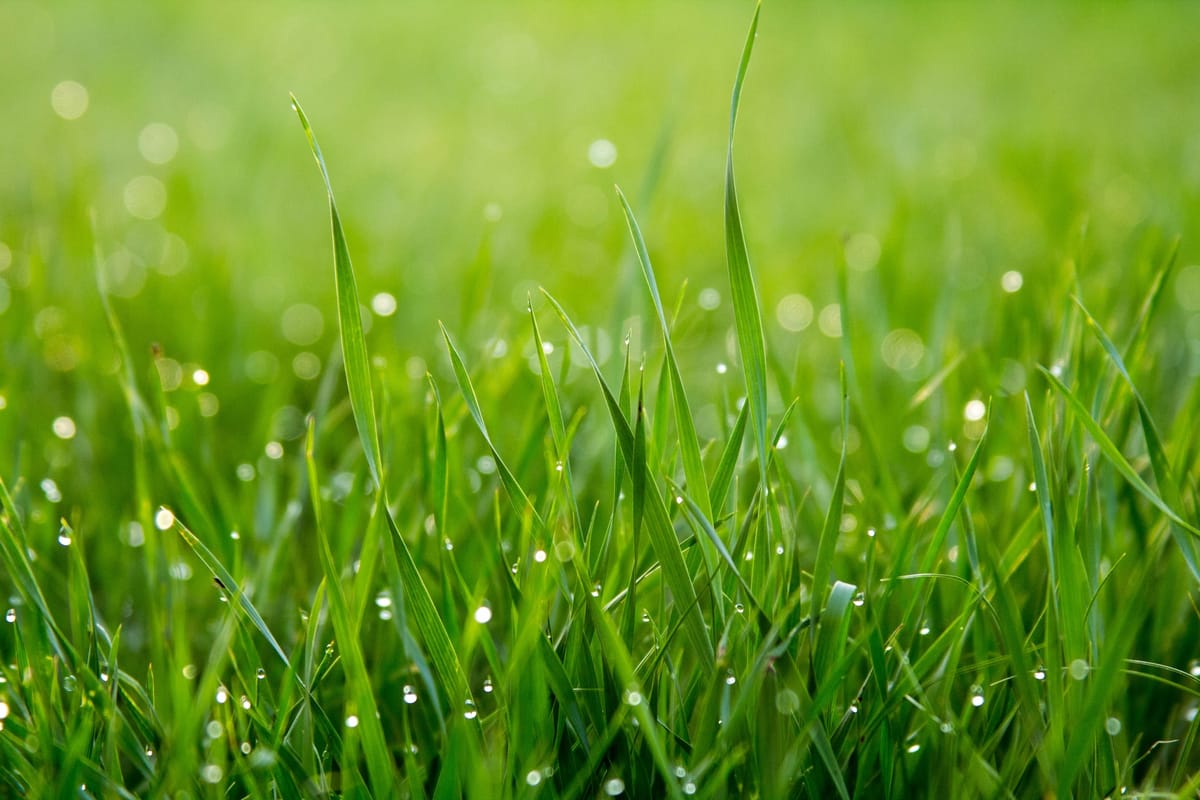Are you going grass-fed? Tips for what to plant in your pasture.

The high-points:
- The flavor of grass-fed beef is a constraint of consumer preference due to the beef often having lower "beef flavor" and greater "off-flavor".
- The average daily gain for each of the small-grain fed steers was greater than that of the alfalfa-fed steers.
- Alfalfa had greater tenderness, juiciness, and beef flavor when tasted by a sensory panel.
What you need to know: The flavor of grass-fed beef has historically been a constraint of consumer purchase. Grassfed beef can often have lower "beef flavor" and greater "off-flavor" when compared to the more common grain-fed beef. However, a surprising lack of research comparing beef attributes from animals consuming a single grass species makes it difficult to evaluate the effects of each grass type on animal performance and meat quality.
Researchers in Argentina compared small-grain winter annual pastures (SGWA), including wheat, rye, and triticale, to alfalfa by measuring animal growth, carcass traits, and sensory panel preference for each of the grass-fed beef varieties.
When comparing the grasses, the season significantly affected the forage quality of all of the SGWA, with decreases in protein and digestibility as the grazing season progressed. Alfalfa, however, showed no reduction of crude protein content. And of the SGWA pastures, wheat had the least seasonal change, suggesting a longer vegetative window.
As for the cattle, animals on each of the SGWA had equal average daily gain. On the other hand, the average daily gain for each SGWA was greater than that of the alfalfa-fed steers (1024 vs. 842 g/day), leading to alfalfa-fed animals taking 22 more days to reach adequate weight for slaughter. Interestingly, higher crude protein to nonstructural carbohydrate (starch) ratios led to decreased average daily gain, suggesting that alfalfa's greater protein and lower starch content was what hindered animal growth.
Finally, the end product. The beef. The alfalfa group had brighter, redder meat than all SGWA fed cattle, with wheat having the next best color. There was also lower drip-loss and cooking-loss for the alfalfa-fed beef and no difference between the SGWA, leading to alfalfa having a greater sensory panel score for juiciness. Also, alfalfa-fed beef had greater tenderness and beef flavor than all other grasses, while the rye-fed group had the greatest off-flavor score – these findings could be related to the intramuscular fat content of the beef, with alfalfa and wheat having the highest and rye having the lowest quantity.
Important to note:
- The seasons for each SGWA and alfalfa were different, which could have led to the observed difference – June 10th through September 16th for SGWA and October 25th through January 22nd for alfalfa, due to grass growing seasons.
Industry application: As a producer looking to raise grass-fed beef, there need to be considerations of animal growth, meat quality, and consumer preference of each forage source. This research suggests that there are benefits of the various grasses, however, that alfalfa has the greatest positive impact on consumer preference, and the addition of SGWA can improve average daily gain. From this research, rye appears to be the least beneficial forage source.
Read more about it:
